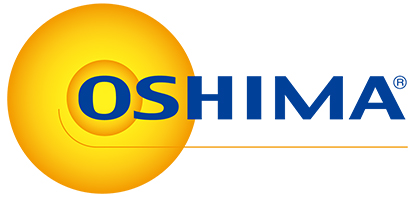The Company
Tuntex, a global textile and apparel manufacturer with more than 60 years of production history, specializes in the weaving and dyeing of home and sports apparel and technical textiles. With a strong customer focus and a keen interest in tracking market trends and consumer needs, Tuntex has global manufacturing centers in Vietnam, Indonesia, and China, as well as offices on every continent. Its customer base includes top international sports brands such as Adidas, Nike and Puma.
Challenge: the Double Test of Productivity and Quality
In the pursuit of production efficiency and quality excellence, Tuntex has faced a major challenge. The automated optical inspection (AOI) and artificial intelligence (AI) fabric inspection machines used were outdated and slow to learn new defects, taking up to 20 minutes to process each new defect, affecting production efficiency. In addition, fabric tension settings were not flexible enough to accommodate highly elastic fabrics, resulting in a reliance on manual inspection and limiting production capacity. Slow and expensive after-sales service from the fabric inspection machine supplier caused production delays and customer dissatisfaction.
The Solution: OSHIMA's Fabric Inspection Machine Technology Breakthroughs
Faced with these problems, Tuntex turned to OSHIMA's advanced AI technology for a solution. OSHIMA's fabric inspection machine features deep learning capabilities to quickly and accurately identify new fabric defects, as well as a high-pixel camera specifically designed to address the common fabric defects faced by Tuntex. The technology is particularly suited to high-tension knitwear, ensuring that the fabric enters the machine tension-free and avoiding damage caused by pulling.
Market Leadership: Tuntex's Guarantee of Quality
The use of AI technology from OSHIMA has made it possible to identify fabric flaws in Tuntex more quickly and accurately. This modification increases the mill's capacity to handle a greater variety of products, such as high- and low-tension fabrics, which helps it accept more orders and boost earnings and profits. It also enhances detection accuracy. Enhancing customer satisfaction and reducing product recalls have strengthened Tuntex's position as the industry leader in the worldwide textile market.




